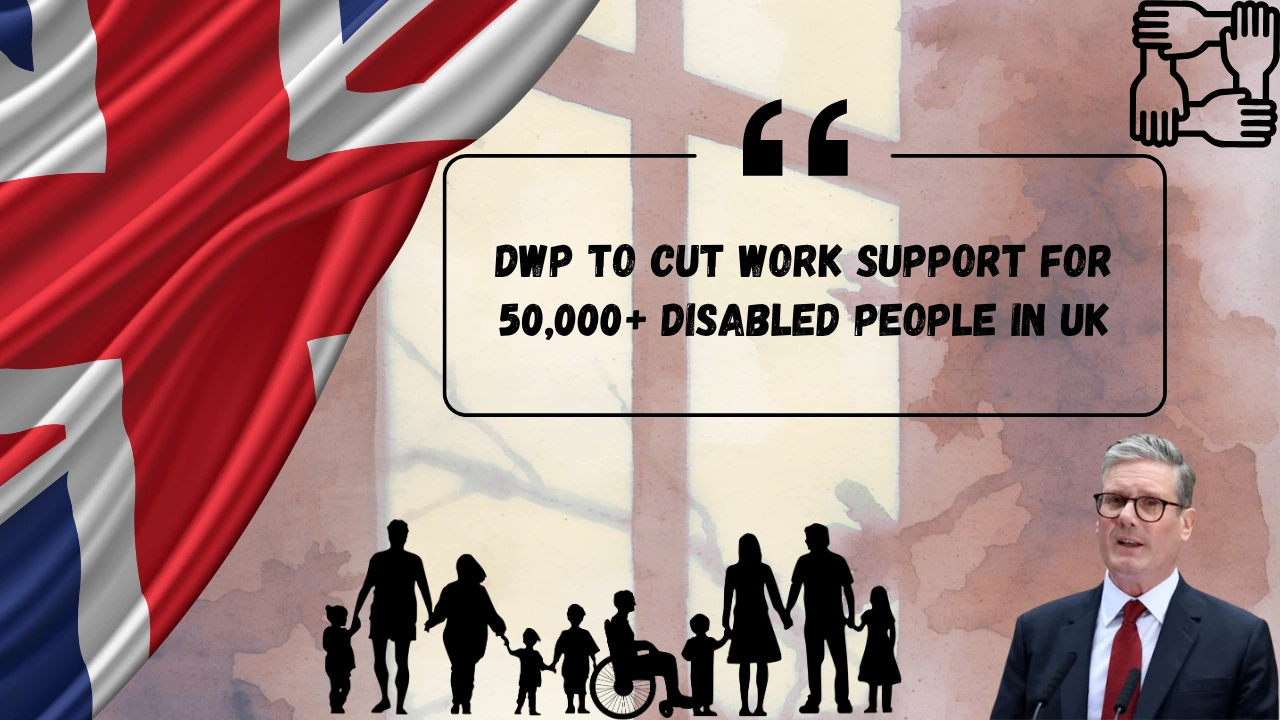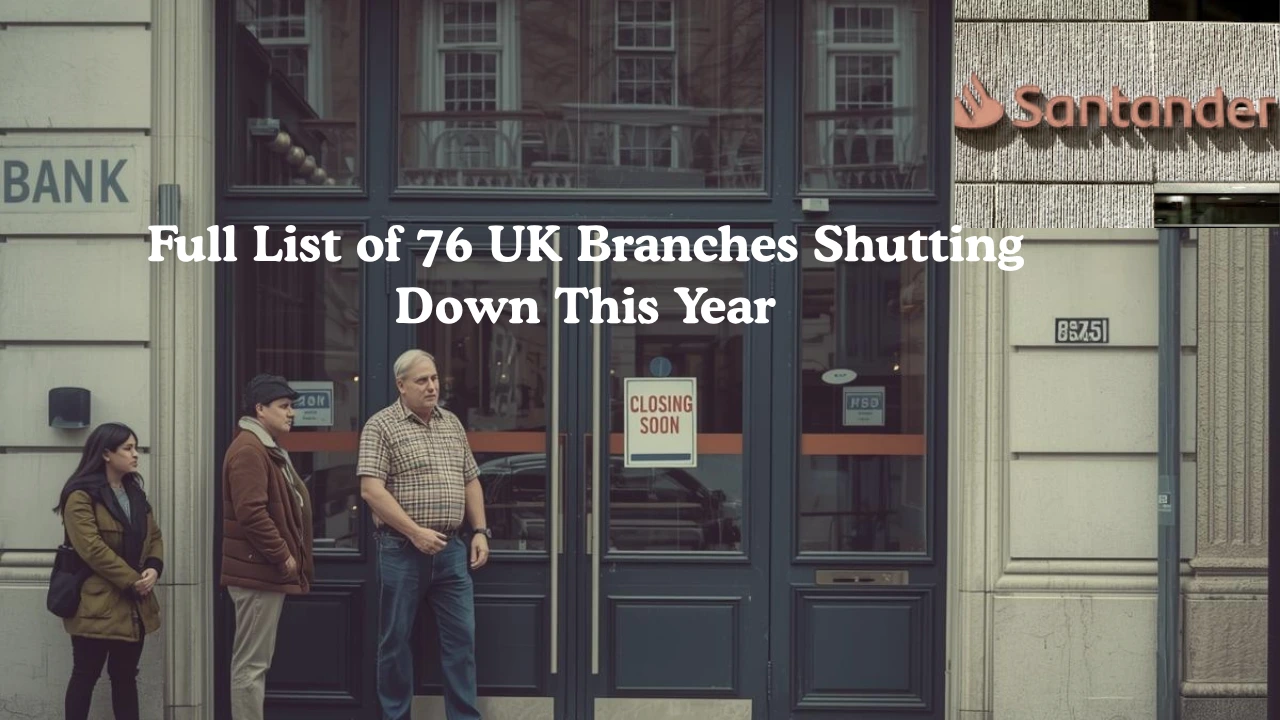As of mid-October 2025, the Motability Scheme is a vital support system for hundreds of thousands of disabled people across the UK. It has entered a new phase with updated rules now in place. These changes apply to those receiving Personal Independence Payment (PIP) in England, Wales, and Northern Ireland, as well as Adult Disability Payment (ADP) claimants in Scotland.
“The 2025 reforms aim to enhance how disabled people and their families access vehicles under the Motability Scheme, ensuring it meets modern mobility needs.” – UK Motability Scheme Update, October 2025
A key focus is supporting the shift toward electric vehicles (EVs), ensuring that the system stays modern, accessible, and better suited to the changing needs of users. With the rising cost of living and increased vehicle expenses, these updates also aim to make the scheme fairer and more flexible.
Whether you are currently part of the scheme or considering applying, it is important to understand how these changes could affect your eligibility, vehicle options, and payment structure. In this article, we break down what’s new in the 2025 Motability Scheme, who will be impacted, and how to make the most of the latest updates now taking effect.
Overview of the Motability Scheme
| Category | Details |
| Program Name | Motability Scheme |
| Administered By | Motability Operations with DWP and Social Security Scotland |
| Effective From | Mid-October 2025 |
| Applies To | PIP claimants (England, Wales, NI) and ADP claimants (Scotland) |
| Main Purpose | Improve vehicle access, support EV transition, and address rising costs |
| Key Updates | New eligibility rules, EV leasing options, revised payments |
| EV Focus | Greater support for electric vehicles, including access to home charging |
| Who’s Affected | New and existing claimants under PIP and ADP schemes |
| Fairness Goals | More flexibility and cost-efficiency for users |
| Support Offered | Vehicle lease, insurance, servicing, maintenance, and roadside assistance |
| Next Review | Scheduled for late 2026 |
| Post Category | Finance |
| Official Website | GOV.UK |
What the Motability Scheme Does?
- Enables eligible disabled people to lease a car, scooter, or powered wheelchair using their mobility allowance.
- Leases typically last three years and cover costs such as insurance, servicing, maintenance, and breakdown cover.
- Users only need to handle fuel or electric charging costs.
- More than 700,000 individuals across the UK currently benefit from the programme.
Why are the 2025 Updates Being Introduced?
The government and Motability Operations have cited several objectives behind the new reforms:
- Expand eligibility and simplify transfers between PIP (England, Wales, NI) and ADP (Scotland).
- Make electric vehicles easier and more affordable to lease, supporting the UK’s net‑zero and low-emissions goals.
- Modernise advance payment policies to reflect rising car prices and reduce financial barriers.
- Enhance access to vehicle adaptations and customer support for users with complex mobility needs.
These changes come at a critical time, given surging car prices, increasing energy costs, and growing demand from claimants seeking low-emission, cost-efficient mobility options.
Who is Eligible Under the New Rules?
To qualify under the 2025 Motability rules, a claimant must:
- Hold one of the following mobility benefits with at least 12 months remaining on the award:
- PIP – Enhanced Rate Mobility Component
- ADP – Enhanced Rate Mobility Component (Scotland)
- Disability Living Allowance (DLA) – Higher Rate Mobility Component
- War Pensioners’ Mobility Supplement (WPMS)
- Armed Forces Independence Payment (AFIP)
- PIP – Enhanced Rate Mobility Component
- Not necessarily be the one driving the vehicle, parents, carers, or guardians may apply on their behalf
- Meet adaptation and insurance eligibility rules as specified by the scheme operators
These eligibility criteria are designed to maintain inclusivity while ensuring that users genuinely need the support.
Key Changes in Motability 2025
1. Seamless Transitions Between PIP and ADP
One major flaw under the old system was service disruption when a claimant moved between PIP and ADP jurisdictions. Under the new rules, claimants will not lose their Motability vehicle while transitioning. The Department for Work and Pensions (DWP) and Social Security Scotland will coordinate to guarantee uninterrupted access.
2. Easier Access to EVs
To promote cleaner mobility, the scheme now includes:
- Support for home charging installation (even for renters or those without driveways).
- Access to community charging hubs or charging credits for those unable to install chargers.
- Broader selection of EV models on the Motability price list.
- Discounted or free adaptations for EVs such as hand controls, wheelchair access, or other necessary conversions.
This update aligns the Motability Scheme more closely with the UK’s decarbonisation plans and helps reduce running expenses for users.
3. Fairer Advance Payment Structure
Advance payments (upfront costs) have become a barrier amid rising vehicle prices. The 2025 rules introduce:
- Capped advance payments on selected models
- More flexible installment options to spread out costs
- Essential adaptations (steering aids, hoists) may now come with free or discounted pricing
- Introduction of a hardship support fund for users who cannot meet renewal payments
4. New Benefits for Returning Customers
Loyal users enjoy new perks:
- Priority ordering for models in high demand.
- Lease extensions (up to 6 months) when vehicle delivery is delayed.
- Loyalty bonuses for maintaining vehicles in good condition.
These benefits help mitigate supply chain delays and reward long‑term participants.
5. Expanded Adaptation Options
The 2025 updates widen the pool of free or low-cost adaptations, including:
- Hand controls.
- Steering aids.
- Pedal modifications.
- Easy-release parking brakes.
- Wheelchair lifts and storage solutions.
Users with advanced mobility needs can better customize their vehicles without extra charges.
6. Upgraded Insurance & Servicing
Insurance coverage under the scheme is also being enhanced:
- Courtesy cars guaranteed during repairs.
- Faster claims resolution.
- Better windscreen and tyre coverage.
- Maintenance schedules updated to support battery care and EV standards.
These improvements aim to reduce vehicle downtime and give users more reliable service.
7. Digital Enhancements & Account Management
A revamped Motability Online Portal now lets users:
- Monitor lease progress and renewal dates.
- Update personal or payment details.
- Schedule servicing or MOT checks.
- Report adaptation or vehicle issues.
This digital upgrade reduces paperwork and increases transparency, while traditional support remains available.
What Does This Means for the Users of 2025?
Under the new framework, users and prospective claimants can expect:
- Stability during benefit transitions
- Easier access to electric and lower-cost vehicle options
- More flexible and affordable advance payments
- Broader adaptation access at reduced cost
- Improved customer service via digital tools
- Upgraded insurance and servicing protections
Overall, the Motability Scheme 2025 is designed to be more modern, inclusive, and responsive to both financial and environmental pressures, without sacrificing support for those who depend on it.
Frequently Asked Questions for the Motability Scheme
1. Do I need to reapply if I already have a Motability vehicle?
No, existing users stay on the scheme. New benefits apply at renewal.
2. When do the new Motability rules start?
Mid-October 2025.
3. Who is eligible for the scheme in 2025?
Claimants of PIP, ADP, DLA (HRM), WPMS, or AFIP with 12+ months remaining.
4. Are electric vehicles included in the scheme now?
Yes, with expanded EV options, charging support, and reduced adaptations.
5. Will advance payments change in 2025?
Yes, selected models now have capped or more flexible upfront costs.






